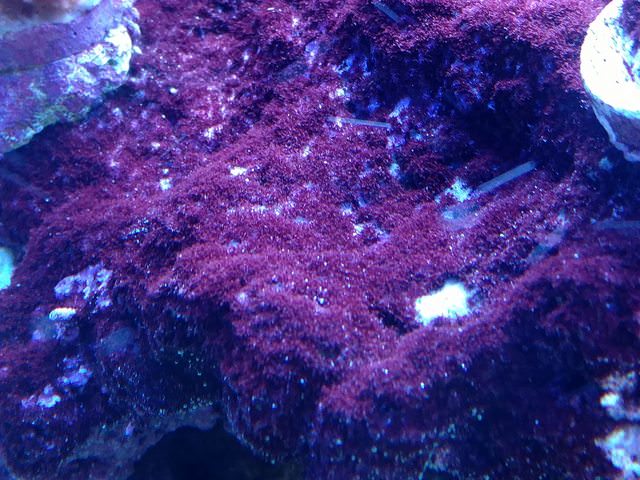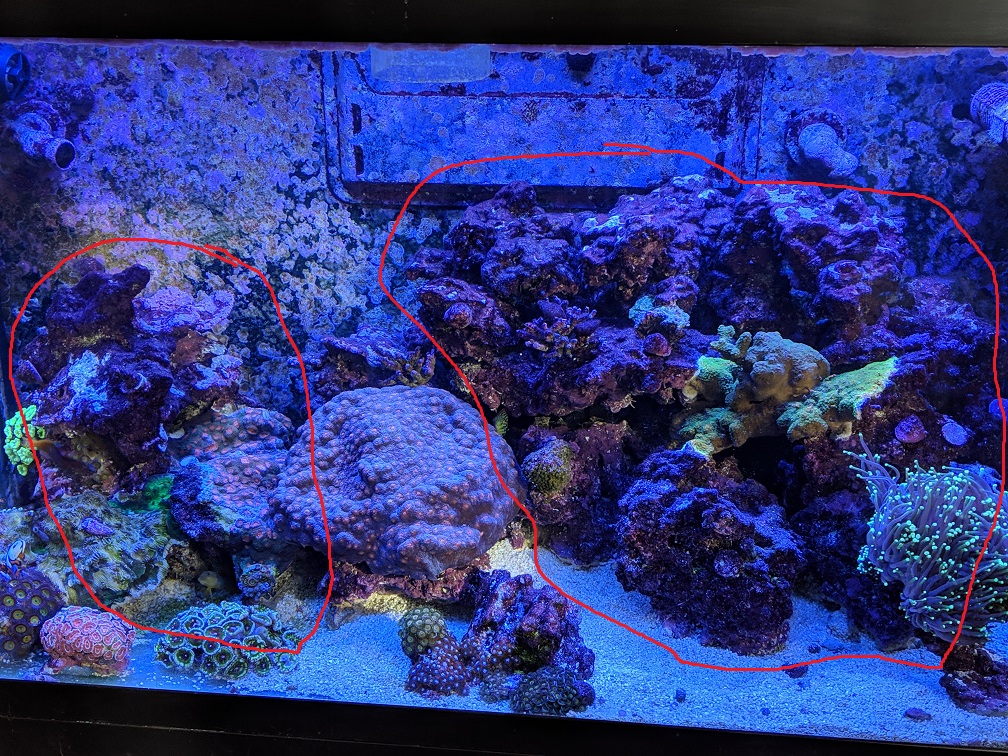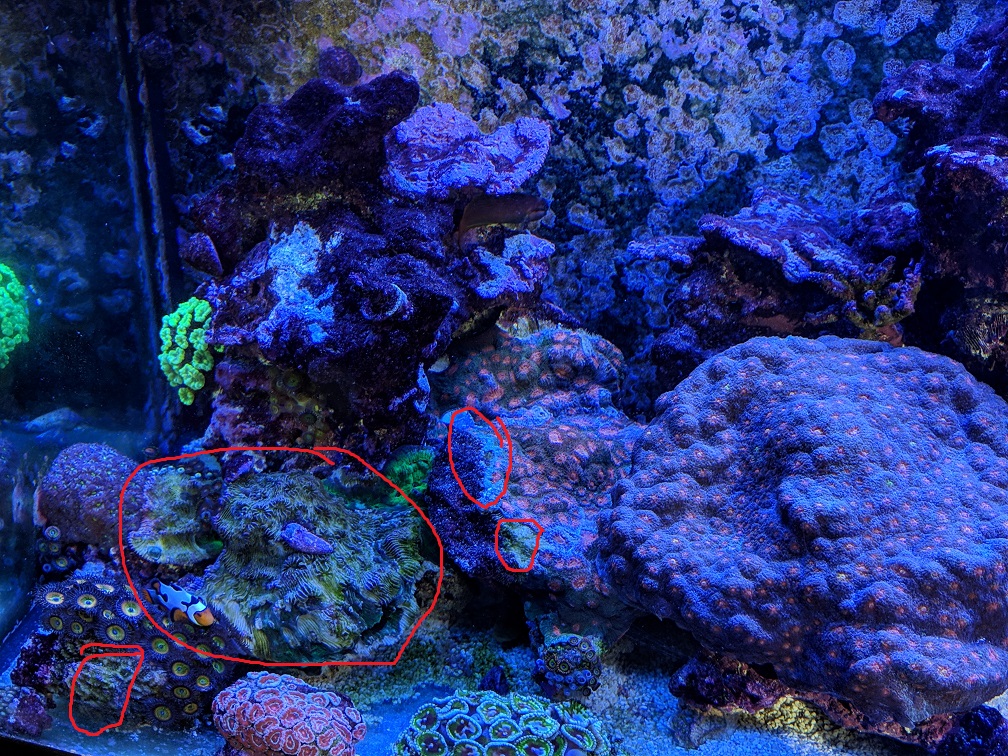Team
This isn’t a thread where we watch you do various partial actions to your tank and report partial successes for invasion control, posting here means willing to follow the steps to full cleaning we show below-your whole tank is taken apart and cleaned. This is a review of deep cleaning biology
If you are serious about fixing your tank and are ready to follow an order of ops to fix it, this is the thread.
We are reviewing a very specific way to control tank invasions here, post a picture and we will apply only that method.
It has been patterned to me that those with invaded reefs are the first to critique saves processes...even though they’re invaded. Perpetual cycle ensues.
This thread is about letting go of the invasion first...trusting that if you'll let me drive a sec I'll leave you a tuned bio machine.
Most invasion tank threads are months of hesitation, trade-off invasions and tedious testing for phosphate, and lost money and animals along the way. Or no animals...with a month's long invasion being a constant hold up to potential in recently-cycled tanks we've built. we want examples that won't blend algae approaches, so that this thread reviews manual cleaning options only.
Rare is the individual posting an invaded tank who wants it fixed in two days, mostly people will choose the months long, wait and hope option. Let's make a new tank rework thread, fresh examples. We'll clean your sandbed to cloudless perfection, removing invader food, and we'll kill algae off your rocks vs starving your corals for thirty weeks. Your tank will be wow by Sunday.
Post up, give me a challenge tank.
Someone who is done letting the tank choose how it runs, post your full tank shots and we'll make the tank run how you want it to, by Sunday. Nanos post, they're easy to part clean.
Big tanks too, all the same biology but needs a crew to accomplish by Sunday. This thread is for no wait aquarium invasion reversal options. No param measures needed, no ID of invader needed they're all the same treatment. Cleaning. All of it, at once.
Dentists spot kill plaque, they rasp it out and polish the surface back to no holdfast.
So why let hair algae proceed past that one initial spot to a whole takeover? Treat your accessible rocks like external dental surgery and reclaim your reef right now.
Post before pics if you are serious about getting uninvaded & willing apply a certain order of ops to get there in two days.
Reef tank surgery and dental cleaning 3301 commence ️
scrub in and post up
This isn’t a thread where we watch you do various partial actions to your tank and report partial successes for invasion control, posting here means willing to follow the steps to full cleaning we show below-your whole tank is taken apart and cleaned. This is a review of deep cleaning biology
If you are serious about fixing your tank and are ready to follow an order of ops to fix it, this is the thread.
We are reviewing a very specific way to control tank invasions here, post a picture and we will apply only that method.
It has been patterned to me that those with invaded reefs are the first to critique saves processes...even though they’re invaded. Perpetual cycle ensues.
This thread is about letting go of the invasion first...trusting that if you'll let me drive a sec I'll leave you a tuned bio machine.
Most invasion tank threads are months of hesitation, trade-off invasions and tedious testing for phosphate, and lost money and animals along the way. Or no animals...with a month's long invasion being a constant hold up to potential in recently-cycled tanks we've built. we want examples that won't blend algae approaches, so that this thread reviews manual cleaning options only.
Rare is the individual posting an invaded tank who wants it fixed in two days, mostly people will choose the months long, wait and hope option. Let's make a new tank rework thread, fresh examples. We'll clean your sandbed to cloudless perfection, removing invader food, and we'll kill algae off your rocks vs starving your corals for thirty weeks. Your tank will be wow by Sunday.
Post up, give me a challenge tank.
Someone who is done letting the tank choose how it runs, post your full tank shots and we'll make the tank run how you want it to, by Sunday. Nanos post, they're easy to part clean.
Big tanks too, all the same biology but needs a crew to accomplish by Sunday. This thread is for no wait aquarium invasion reversal options. No param measures needed, no ID of invader needed they're all the same treatment. Cleaning. All of it, at once.
Dentists spot kill plaque, they rasp it out and polish the surface back to no holdfast.
So why let hair algae proceed past that one initial spot to a whole takeover? Treat your accessible rocks like external dental surgery and reclaim your reef right now.
Post before pics if you are serious about getting uninvaded & willing apply a certain order of ops to get there in two days.
Reef tank surgery and dental cleaning 3301 commence ️
scrub in and post up
Last edited:




















